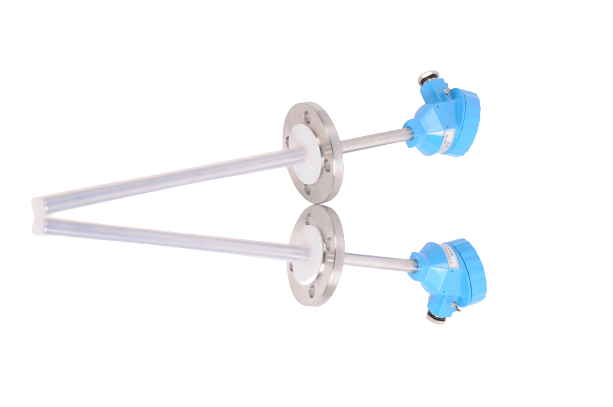Objectively speaking, many industrial sites meet the explosive conditions. Therefore, it is necessary to use explosion-proof electrical products in a flammable gas environment.Explosion-proof electrical equipment, like ordinary electrical equipment, will cause temperature rise during normal operation and may malfunction. Since explosive gas mixtures that may exist around explosion-proof electrical equipment will inevitably touch these high-temperature surfaces, when the surface temperature of the equipment is higher than the spontaneous combustion temperature of the combustible gas mixture, it will cause an explosion accident. Therefore, we must ensure that the maximum surface temperature of the equipment is lower than the ignition temperature of the explosive and hazardous gases that may exist in the environment around the equipment. Therefore, temperature plays a key role in explosion protection. The following briefly introduces several concepts related to temperature in the T6 explosion-proof grade.A temperature groupIn GB3836, there are 6 grades of temperature components, T6=85, T5=100, T4=135, T3=200, T2=300, T1=450.Obviously, T6 is the highest level. This shows that the surface temperature of T6 explosion-proof equipment will not be higher than 85 when used under specified conditions, which means that it can be safely used in flammable and explosive environments with ignition temperatures higher than 85.The higher the temperature group, the harsher the flammable and explosive environment that the equipment can adapt to.2 Maximum surface temperatureUnder normal circumstances, the maximum surface temperature is the temperature rise of the electrical equipment plus the specified maximum ambient temperature for use, that is: maximum surface temperature of the equipment = maximum measured surface temperature-maximum specified ambient temperature during actual measurementThree medium temperature
For process automation instruments, if the temperature of the medium is higher than the maximum ambient temperature of the product, the possibility that the temperature of the medium affects the product temperature group should also be considered when designing the product. For example, if the ambient temperature of the equipment is 60, the temperature rise of the equipment measured at room temperature is 10, and the actual medium temperature of the product is 500, the medium temperature far exceeds the temperature of the temperature group. Without changing the ambient temperature of the equipment, if explosion-proof certification is required, the temperature of the medium must be lowered to meet the requirements of the temperature group, because the temperature of the medium plays a decisive role.

Post time: 21-09-21
